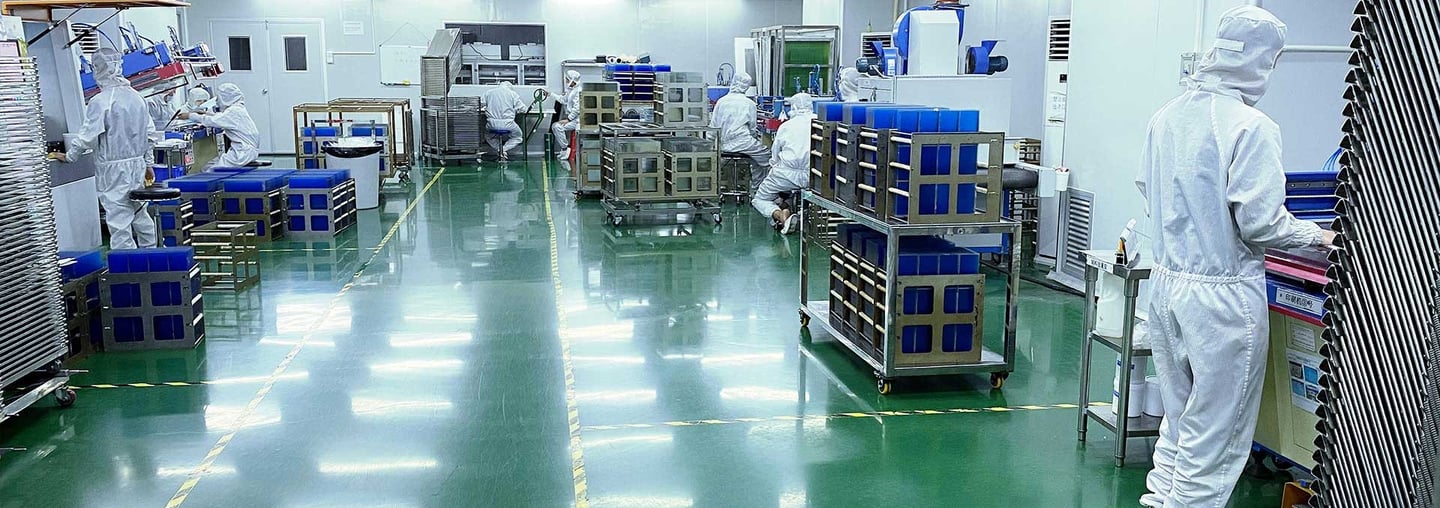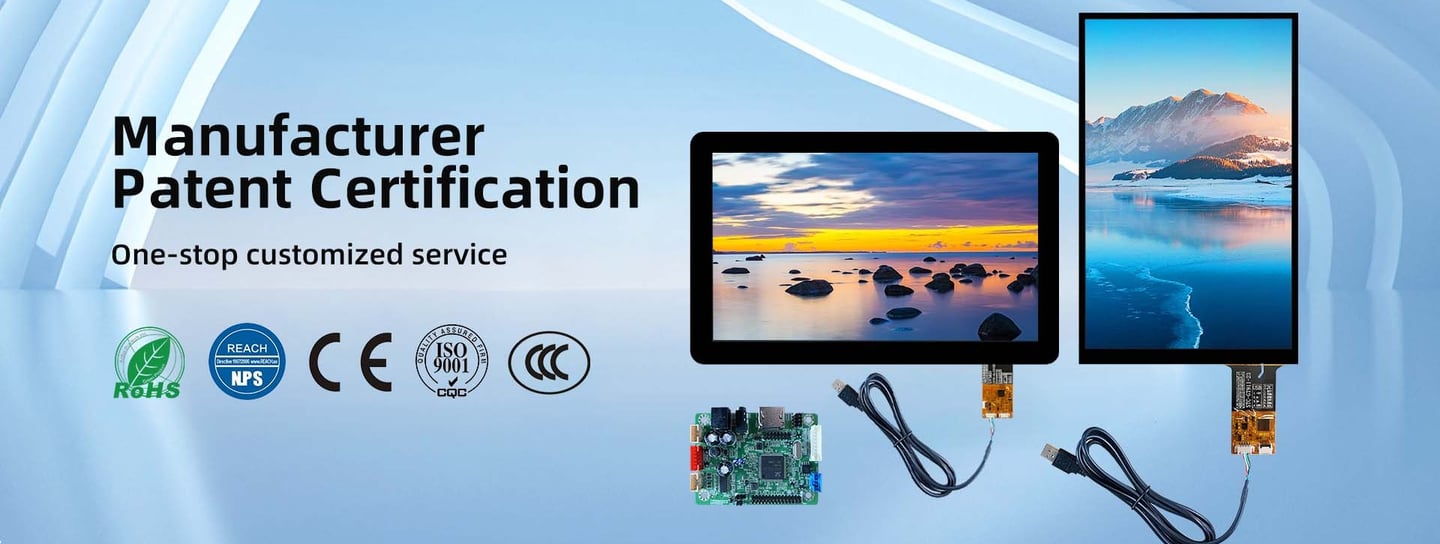Capacitive vs. Resistive Touch Screens: Which Is Better for Your Application?
In the ever-evolving world of touch screen technology, choosing the right type for your application is critical. Capacitive and resistive touch screens are the two primary options, each with unique strengths and characteristics. Whether you're in the market for touch screens for industrial, medical, or consumer electronics, understanding their differences will help you make an informed decision.
7/29/20243 min read


What Are Capacitive Touch Screens?
Capacitive touch screens are built with a transparent conductive layer of indium tin oxide (ITO) on the surface, with voltage applied to the corners to create a uniform electric field. These screens rely on the electrical current of the human body to register touch, allowing for advanced features such as multi-touch and gesture recognition.
Advantages of Capacitive Touch Screens:
Durability: Capacitive screens are highly durable, with resistance to wear, dust, and water, making them ideal for harsh environments.
Multi-Touch Functionality: They support complex gestures, such as pinch-to-zoom, which is perfect for smartphones, tablets, and industrial applications requiring precision.
Smooth Operation: They are highly responsive and do not register accidental touches from objects like gloves or styluses unless specifically designed to do so.
Capacitive touch screens are a top choice for devices that demand high interactivity and long-lasting performance. For instance, Stouch Display’s capacitive touch screens are engineered to meet industrial and medical standards, ensuring reliability in demanding environments.
What Are Resistive Touch Screens?
Resistive touch screens consist of two layers: a glass-based inner layer coated with a conductive material and a flexible outer layer, also coated with a conductive layer. When pressure is applied, the two layers meet, completing a circuit and registering the touch.
Advantages of Resistive Touch Screens:
Single-Point Precision: They are highly accurate for single-point interactions, making them suitable for applications like ATMs or point-of-sale systems.
Cost-Effectiveness: Resistive screens are often more affordable than capacitive screens, making them a practical option for budget-sensitive projects.
Universal Input: They can be operated using any object, such as a stylus, pen, or gloved hand, offering versatility in environments where users cannot rely on bare fingers.
Which One Should You Choose?
The decision between capacitive and resistive touch screens depends on your application’s specific requirements:
Industrial Applications: Capacitive touch screens are generally more durable and offer advanced functionality, such as multi-touch and high sensitivity, making them suitable for rugged environments.
Medical Devices: Resistive touch screens can be advantageous in medical settings where gloves are commonly used. However, capacitive touch screens with specialized designs for gloved operation are increasingly popular.
Budget Constraints: If cost is a primary concern, resistive touch screens may be the better option, particularly for simple, single-touch applications.
Testing and Reliability
Regardless of the type, ensuring the quality of touch screens through rigorous testing is essential. Key reliability tests include:
High and Low-Temperature Testing: Ensures operation in extreme environments.
Impact and Scratch Resistance: Verifies durability under physical stress.
Static Pressure and Vibration Tests: Confirms resilience against industrial conditions.
At Stouch Display, we prioritize quality by conducting extensive testing on every product. From temperature endurance to drop tests, our touch screens are designed to perform consistently in demanding settings.
Future Trends in Touch Screen Technology
As industries adopt smarter technologies, touch screen innovations continue to evolve. Capacitive touch screens are integrating features like optical bonding, which enhances clarity and sunlight readability by eliminating air gaps between layers. Meanwhile, advancements in resistive screens are focusing on improving durability and sensitivity.
For applications requiring robust touch screen solutions, Stouch Display offers tailored options. Our products feature cutting-edge technology to meet diverse industry needs, ensuring both performance and reliability.
Why Choose Stouch Display?
At Stouch Display, we combine advanced technology with industry expertise to deliver top-notch touch screen solutions. Whether you need durable capacitive screens for industrial operations or cost-effective resistive screens for specialized applications, our products are built to exceed expectations.
Visit stouchdisplay.com to explore our range of touch screens. Partner with us to enhance your operations with reliable, high-performance displays designed for your industry.
Our Experienced Team is Ready to Help
Our STOUCH team has expertise in every type of touch display technology, whether big or small. We will help you choose or design the display that best fits your needs, while always keeping quality and budget in mind. Here at STOUCH, we specialize in custom displays use our product selection guide today to get started on your project today!


Get in touch
Display Solutions
Custom touch displays for industrial and medical solutions Specific to Your Needs.
Quality First
Expert in touch panels
15 Years in Touch Solutions | Your One-Stop-Manufacturer | STOUCH © 2024. All rights reserved.
